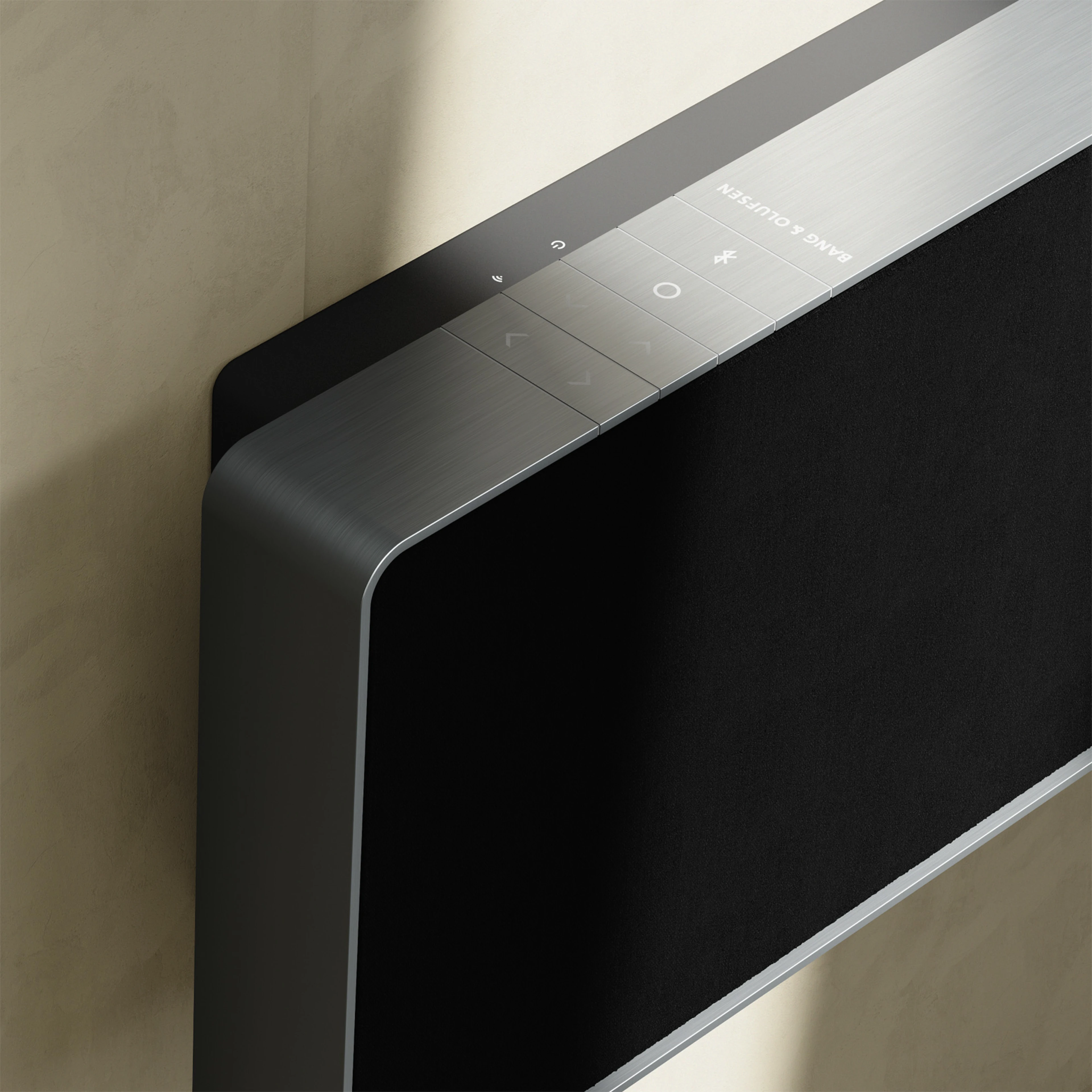The Future of Sound
What is Immersive Audio?
Immersive audio is a revolutionary audio technology that creates a three-dimensional soundscape, enveloping the listener in a realistic and engaging auditory experience. Unlike traditional stereo or surround sound, which primarily focuses on horizontal sound distribution, this playback system adds a vertical dimension, providing a more comprehensive and lifelike soundscape. This is achieved by utilizing multiple speakers or headphones and advanced audio processing techniques.
Understanding immersive audio
To truly appreciate immersive audio, it's essential to understand its core components:
Sound Field: This refers to the three-dimensional space in which sound exists. In immersive audio, the sound field is carefully crafted to surround the listener, creating a sense of envelopment.
Object-Based Audio: Unlike traditional channel-based audio, object-based audio treats each sound source as an independent entity with its own spatial characteristics. This allows for greater flexibility in audio placement and movement within the sound field.
Spatial Audio: This encompasses a broad range of techniques, including head-related transfer functions (HRTFs) and ambisonics, to create a sense of space and depth in the audio experience.
The evolution of immersive audio
The journey to immersive audio began with early experiments in binaural recording in the late 19th century. These pioneers sought to capture the auditory experience as perceived by the human ear, laying the groundwork for future developments.
The introduction of surround sound in the mid-20th century marked a significant leap forward, creating a more immersive experience compared to traditional stereo. However, it was primarily focused on horizontal sound distribution.
The foundation for modern immersive audio was laid in the late 20th and early 21st centuries with advancements in computer processing power and digital audio formats. These technological breakthroughs enabled the development of complex algorithms capable of creating realistic three-dimensional sound fields.
Key technologies
Several key technologies have contributed to the advancement of immersive audio formats:
Dolby Atmos: This format uses object-based audio to create a dynamic and immersive sound experience. It supports a wide range of speaker configurations, including overhead speakers, to achieve a more realistic sound field.
DTS:X: Similar to Dolby Atmos, DTS:X is an object-based audio format that delivers immersive sound experiences. It offers flexibility in speaker setups and can be used with various audio devices.
Auro-3D: This format combines object-based and channel-based audio to create a three-dimensional sound field. It includes a height layer to enhance the sense of immersion.
Binaural Audio: By capturing or simulating the sound as it would be heard by the human ear, binaural audio creates a personalized immersive experience, particularly for headphone listening.
Ambisonics: This technique involves capturing or encoding sound in a spherical format, allowing for flexible playback and reproduction in different speaker configurations.
Surround sound vs. immersive audio
While both immersive audio and surround sound aim to create a more engaging listening experience, they differ significantly:
Dimensions: Surround sound primarily focuses on horizontal sound distribution, while immersive audio adds a vertical dimension, creating a more complete and realistic soundstage.
Flexibility: Immersive audio, especially object-based formats, offers greater flexibility in sound placement and movement, allowing for more dynamic and interactive audio experiences.
Technology: Immersive audio often utilizes more advanced processing techniques and can incorporate binaural audio for a personalized experience.
The future of immersive audio
The potential of immersive audio is vast and exciting. As technology continues to evolve, we can expect even more realistic and immersive sound experiences. Some potential future developments include:
Integration with Augmented and Virtual Reality: Immersive audio will be essential in creating truly immersive VR and AR experiences, enhancing the sense of presence and realism.
Personalization: Advancements in audio processing and AI will enable personalized immersive audio experiences tailored to individual preferences and listening environments.
New Audio Formats: The development of new audio formats will push the boundaries of immersive audio, offering higher resolution, greater dynamic range, and more detailed sound.
Haptic Integration: Combining immersive audio with haptic feedback can create even more engaging and realistic experiences, allowing users to feel the sound.
Immersive audio is rapidly transforming the way we experience sound, with applications spanning entertainment, gaming, virtual reality, and beyond. As technology continues to advance, we can anticipate a future where immersive audio becomes an integral part of our everyday lives.
Related stories
Join the House of Bang & Olufsen
Get 10% off your first purchase on bang-olufsen.com as a new subscriber. Be the first to enjoy new and limited products, exclusive events, special offers and much more.

